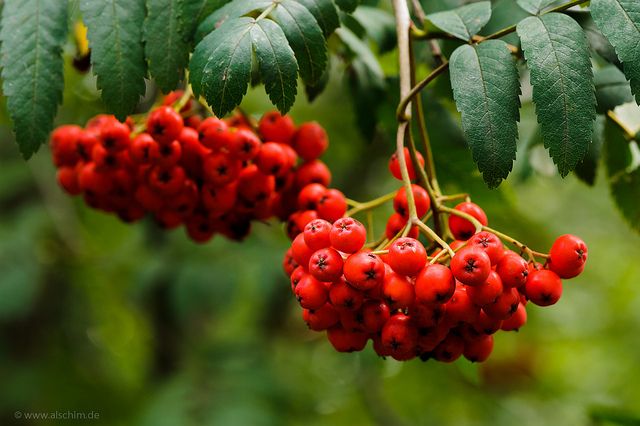-
 PSA
PSA
-
 Carditis
Carditis
-
 Palliative
Palliative
-
 Biaxial
Biaxial
-
 Thrombosis
Thrombosis
-
 Ocean turbine
Ocean turbine
-
 Tidal power plant
Tidal power plant
-
 xDSL
xDSL
-
 MIDI
MIDI
-
 Caulinary
Caulinary
-
 Transposon
Transposon
-
 Chemical precursor
Chemical precursor
-
 Crossover
Crossover
-
 Post-combustion CO2 separation
Post-combustion CO2 separation
-
 Magnetic disk
Magnetic disk
-
 Exhaust velocity
Exhaust velocity
-
 Teflon
Teflon
-
 Vaginal douche
Vaginal douche
-
 Petrified
Petrified
-
 Anti-androgen
Anti-androgen
-
 Hybrid
Hybrid
-
 Buncefield fire
Buncefield fire
-
 Bearded seal
Bearded seal
-
 Goldschmidt classification
Goldschmidt classification
-
 Peas
Peas
-
 Abnormality
Abnormality
-
 Iron bloom
Iron bloom
-
 Intestinal flora
Intestinal flora
-
 Marine energy
Marine energy
-
 Transmission line
Transmission line
Rowan
The rowan is a tree 10 to 15 metres high of which the seeds are spread by birds, especially thrushes.

Rowan. © Jari Kolehmainen, Flickr DP
Names
The rowan (Sorbus aucuparia), is a member of the Rosaceae family. It is also called the "European rowan" or the "mountain ash".
Botanical description of the rowan
This tree has an elegant structure. Its smooth, grey bark is dotted with lenticels. Its deciduous, quite aerial foliage turns from yellow to reddish brown in autumn and consists of rather long quilled leaves, with 10-15 delicately dentate folioles up to the base. Its small white flowers, clustered into graceful corymbs, bloom one by one in May. Its fruit ripen in August - September.

Sorbus aucuparia. © Kriska gora, CC by 2.5
Origins
This species has grown in France, Switzerland and Belgium for a long time. It is not found in the Mediterranean region and the West. It is mostly found in sparse forests, clearings and hedges.
Growing conditions of the rowan
The rowan is not very demanding and grows quickly. Its deep roots can stabilise scree. It tolerates shade.
Use
This tree is frequently grown for ornamental use, in shopping centre car parks and public gardens. During the fructification period its clusters of small, bright coral red fruit give it a striking appearance. The fruit is edible but is very sharp. It is used to make compotes and jellies. In the past the fruit was distilled to make an eau de vie, especially in the Vosges region. Its wood is sometimes used by sculptors.
Author: Michel Caron
 Rowan. © alschim, Flickr CC by nc-nd 2.0
Rowan. © alschim, Flickr CC by nc-nd 2.0
Latest
Fill out my online form.



